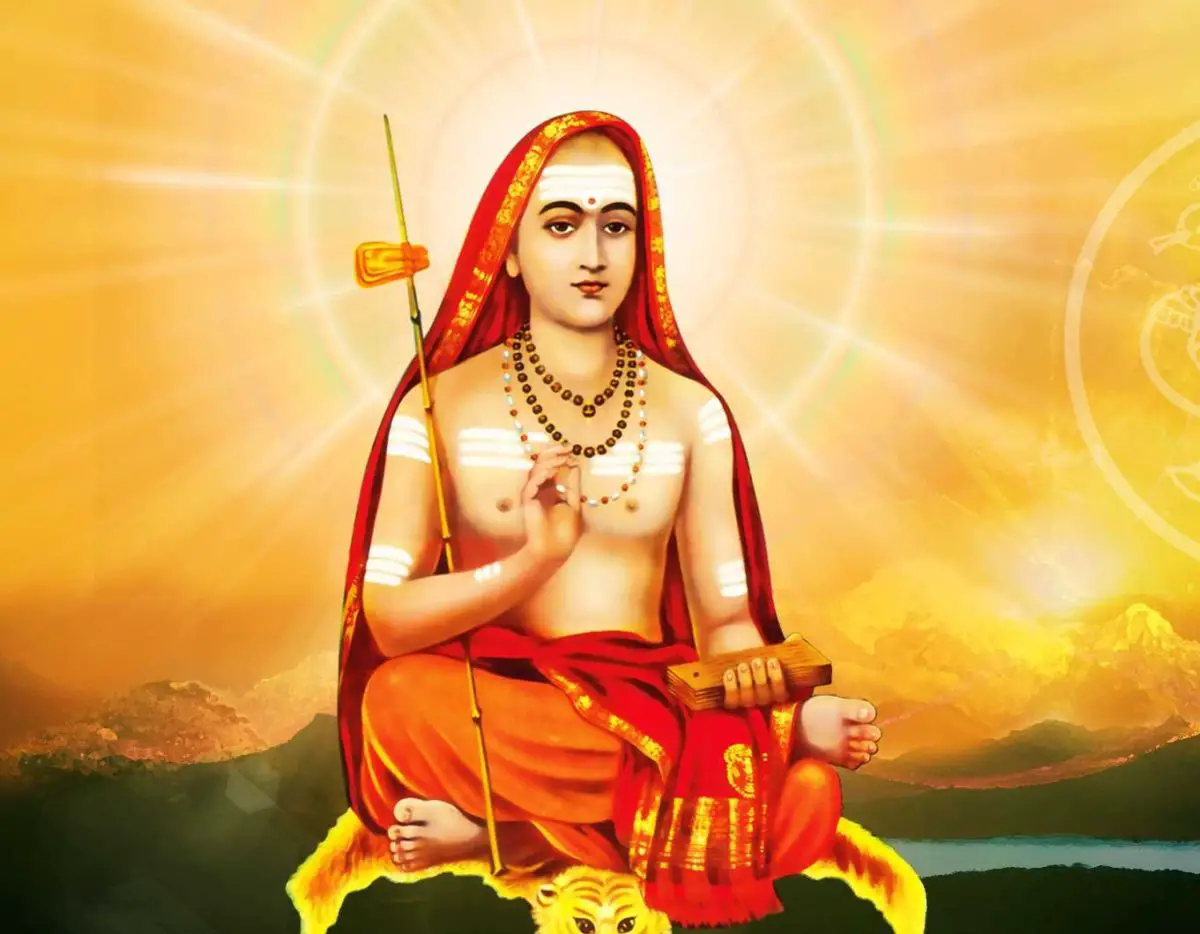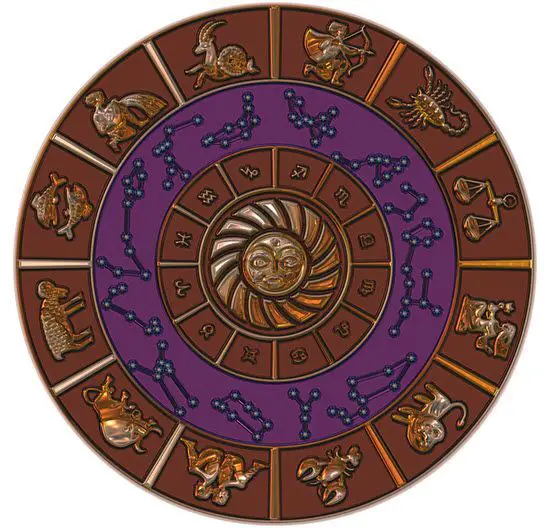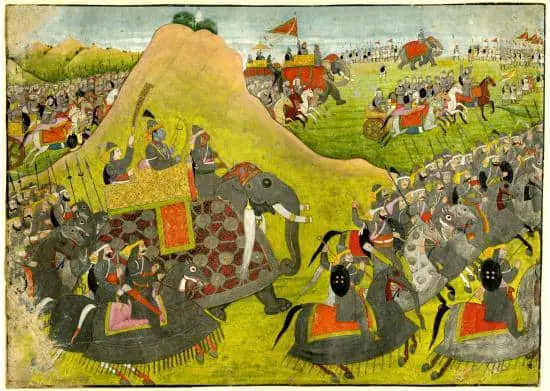Adi Shankaracharya (8 cent. CE) was a Hindu mystic. He propagated the doctrine of Advaita Vedanta. In this post, you will learn about the history and contribution related to Adi Shankaracharya.
Adi Shankaracharya traveled extensively throughout the Indian subcontinent. He imparted discourses and challenged other scholars and philosophers, defeating them in theological debates.
He gave vivid commentaries on Brahma Sutras, Upanishads, and Bhagavad Gita. He emphasized the unity of Atman and Nirguna Brahman.

Shankara’s philosophy of Advaita had similarities with Mahayana Buddhism. As a result, his opponents usually called him “Crypto Buddhist.”
However, it should be noted that Shankara asserted the Hindu concept of “Atman” that “Soul exists.” On the other hand, Buddhism asserts that there is “No Soul, No Self.”
Shankara’s work made a tremendous impact on the philosophy of Advaita Vedanta. In fact, there are over 300 texts that are attributed to his name.
Some of his notable works of Adi Shankaracharya include the following:
- Commentaries
- Philosophical Expositions
- Poetry
Example: Brahmasutrabhasya (Commentaries on Ten Principal Upanishads), Commentary on Bhagavad Gita
Shankara founded four Mathas (“monasteries”) to revive and propagate Advaita Vedanta.
To date, his historical fame and cultural influence live on.
Some Hindu scholars believe that Adi Shankaracharya was an incarnation of Lord Shiva.
Table of Contents
Adi Shankaracharya Birth
The exact date of birth of Adi Shankaracharya is unknown. However, going by the records of the four monasteries established by Shankara, his date of birth is as follows:
- The Dwaraka Matha puts it at 491 BCE
- Jyortirmath at 485 BCE
- Puri at 484 BCE
- Sringeri at 483 BCE
However, according to the astronomical details given in the books Shankara Satpatha, Shankara Vijaya, Brihat Shakara Vijaya, Prachina Shankara Vijaya, Adi Shankaracharya was born in 509 BCE.
The popularly accepted date of birthplaces Shankara in the first half of the 8th century CE.
He was born in the southern Indian state of Kerala, in a village named Kaladi. Shankara was born to Nambudiri Brahmin’s parents.
Shankara’s father died while he was still very young.
His mother performed his Upanayanam (the Hindu custom of initiation into Student-life).
Young Shankara was attracted to the life of “Sannyasa” from early childhood. So he left his home for education and became a teacher’s disciple named Govinda Bhagavatpada.
He studied the Vedas, Upanishads, and Brahmasutra with Govindapada. Moreover, Shankara authored several key works in his youth while he was still studying with his teacher.
Shankara dwelled in Shastrarth (public philosophical debates) with many Hindu scholars and Buddhists.
Shankara also took to extensive journeys and pilgrimages. He installed yantras and Shiva Lingas, he founded monastic centers in north, east, west, and south India.
Shankara had several disciple scholars while he traveled extensively throughout India. These scholars authored their literature on Shankara.
Adi Shankara died aged 32. Some texts say that he died at Kedarnath (Uttarakhand), while others say that he died at Kanchipuram (Tamil Nadu).
Why is Shankaracharya called Adi?
It is believed that Adi Shankara was an Avatar of Lord Shiva. He was a mystic and philosophical genius. He incarnated to propagate and re-establish the supremacy of Sanatan Dharma that is popularly known as Hinduism.
He was born when Buddhism had made its mark throughout the world, and Hinduism was still gripped in mere ritualistic customs (Kriya Kandas).
While Gautam Buddha preached the path of Self-Realization, Shankara preached Advaita Vedanta, an essential aspect of the Vedas.
Post Vedic, Shankara was the authority who worked to save Hinduism and bring out its religious relevance for the masses.
He is called “Adi” because we recognize him as the Guru who showed us the path to follow in this present era of Kaliyuga. His works are extraordinary and were authored at a very young age. It should be noted that Shankara died when he was 32.
However, he thoroughly knew the Vedas, Upanishads, and Brahma Sutra.
Lord Shiva initially gave sermons to the Rishis and Sages regarding the Eternal Truth going by the Hindu tradition. Lord Shiva showed us the path of salvation and the path of true happiness.
Adi Shankara worked to re-establish the true purpose of Hinduism so that humans could lead a life of happiness and finally attain Salvation.
In Kaliyuga, Shankara was the first teacher who tirelessly worked throughout his life span, spreading the true message of Hinduism to the masses.
That’s why he is known as “Adi.”
Shankara was a champion of Hinduism and mystic unparallel. His contribution to humanity is immense and lives on to date.
Adi Shankaracharya Contribution to Hinduism
Adi Shankaracharya authored many texts on the Vedic philosophy of Advaita Vedanta. He was the main source from which modern Hindu thoughts are derived.
In fact, there are over 300 texts that are attributed to his name, including Commentaries, Philosophical Expositions, and Stotra.
His main works include:
- Brahmasutrabhasya (Commentary on Brahma Sutra)
- Commentaries on principal Upanishads
- Commentaries on the Bhagavad Gita
- His most important original philosophical work is “Upadesasahasri.”
- His poetic works include – Daksinamurti Stotra, the Bhajagovinda Stotra, the Sivanandalahari, the Carpata-panjarika, etc.
- Stotras on Lord Shiva and Krishna (Vaishnavism)
Shankara’s works give us a unified, universal view of Vedanta. His commentary on Brahma Sutras is considered the oldest surviving.
Recently a 12-foot statue of Adi Guru Shankaracharya was established in the Kedarnath temple for his contribution towards Hinduism.

Final Words
Adi Shankaracharya was a scholar unparallel.
He descended at a time when Hinduism was facing a deep crisis, and the glory of the Vedas was lost.
Shankara worked to re-establish the lost glory of the Vedic philosophy. His contribution to Hinduism is immensely important as it shows us the true value of Hinduism. If one studies Shankara, one would actually know that Shankara was the personality who gave new life to Hinduism in the present age of Kaliyuga.
So, Shankara should be looked upon as a mystic and social reformer who brought out the gems of Hinduism and gave them to the masses.
Shankara’s relevance lives on and will continue to influence generations to follow.
If you want to learn more about Adi Shankaracharya, many books are available on him.
We hope that you would have found this article useful. Thanks for visiting us at HindUtsav. We request you share this post on Adi Shankaracharya across social networking sites.
!! Jai Lord Shiva!!
Namah Shivay Namah Shivay Namah Shivay




